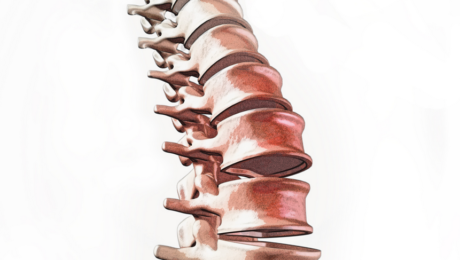Nearly 40 million people all over the world suffer from spinal cord injury every year. Traffic accidents, sports injuries, and gunshot wounds are among some of the leading causes of this traumatic injury.
Studies have reported that spinal cord injury can result in debilitating, long-lasting damage including partial or complete loss of sensory and motor function, paraplegia, and quadriplegia.
At Houston Neurosurgery & Spine, we employ the latest treatment options to improve the neurological outcomes for all of our patients. After the initial days of rest, we focus on customized exercises to help you expedite the recovery process.
Research has supported the efficacy of the role of physical activity in pain management, improved mental health, and regaining your physical functioning after surgery.
Yoga
The gentle stretching involved in yoga is an ideal, low-impact exercise for spinal cord injury patients. The various motions encourage healthier breathing patterns, boost muscle strength, and help with pain management.
It’s important to work at your own pace and consult with your doctor before you undertake any exercises.
Range-of-Motion Exercises
These exercises aim at combating spasticity and helping you regain your range of motion. If left untreated, the muscle pain and spasms will continue to limit your body’s performance.
Knee Flexion
After a spinal cord injury, patients are unable to walk in the initial stages of recovery. This exercise will allow the biggest joint in your body—the knee—to practice the necessary motions to recover.
Here’s how:
Step 1: Lie on your back, facing upward.
Step 2: Place one hand underneath your knee and stabilize your heel with the other.
Step 3: Bend the knee gently toward the chest.
Step 4: Continue this exercise without twisting the knee in any other direction.
Neck Flexion
A spinal cord injury can reduce your neck’s range of motion. Slowly regain the strength of your neck muscles with some gentle extension and stretching exercises.
You can easily perform this at home:
Step 1: Slowly bring your chin inward, toward your chest.
Step 2: Hold it in this position for a few seconds,
Step 3: Return your head to its upright position.
Knee and Hip Bend
Your hips are responsible for carrying the weight of your upper body. They can become weak without any exercise often making you lose balance when you begin to walk.
Here’s how you can maintain your hips’ range of motion:
Step 1: Lie down, facing upward.
Step 2: Ask someone to assist you in stabilizing your heel, then place the other hand under the knee for support.
Step 3: Slowly move your leg outward, forming a 45-degree angle with your other leg.
Step 4: Return your leg to its original position and do the same with the other leg.
Exercises to Avoid
Recovering from a spinal cord injury is a slow process, so every step of your journey is important. While exercises can help expedite your recovery process, there are some you should avoid.
Don’t undertake or resume high-impact exercises that put a strain on your back during your spinal cord injury recovery process. Avoid weightlifting and running because they are high-impact exercises that put pressure and stress on your spine.
Speak with a healthcare professional before you begin any exercise regimen. Our spine specialist Houston at Houston Neurosurgery & Spine can provide you effective treatments for spinal cord injuries. From customizing an exercise regimen to various minimally invasive procedures, the experienced doctor at their back and spine center in Houston is committed to relieving your pain caused by various spinal and neurological conditions.
Contact them now to book an appointment with Dr. West, one of the leading neurosurgeons in the world.

